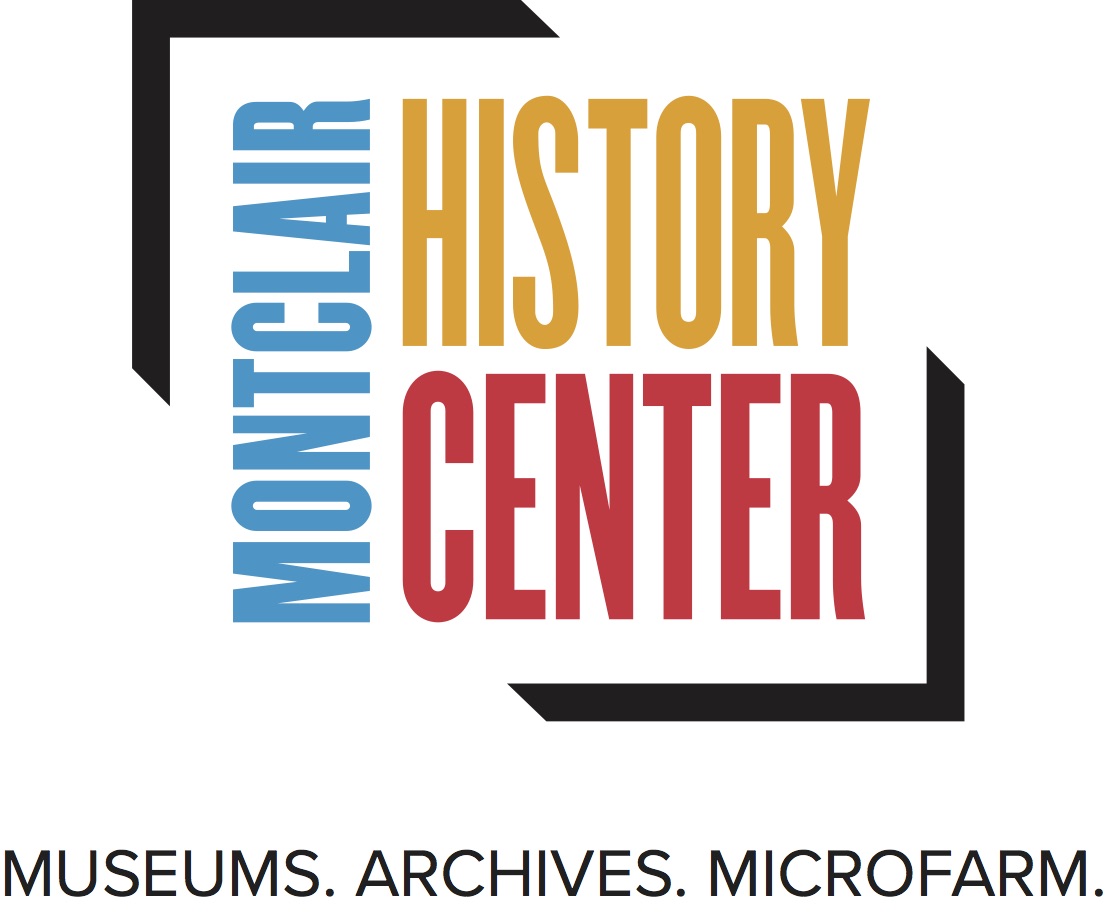Thanks for visiting our blog! While you're here, we invite you to explore our website, especially under the "Archives & Library" tab - we think you'll find a few more things that interest you. Add your name to our mailing list so you are notified when we Zoom weekly presentations on Thursdays at noon and 7 pm. Lastly, like so many other organizations, we'd also greatly appreciate your support at this time -- would you consider becoming a member, purchasing a heritage brick or a personalized replica map? Thank you for your support and best wishes for good health!
Republished from: Montclair Neighbors. September 2020
Written by Helen Fallon, MHC Trustee
In the early 1900s, Montclair’s population was booming, our school district was growing, and tuberculosis was an ever-present health risk.
The disease had afflicted mankind for centuries, but in the late 1800s it was discovered that tuberculosis, also known as consumption, was caused by germs. Lack of fresh air was considered a significant indicator for the disease, as were the dense, urban living conditions that resulted from our country’s increasing industrialization.
Knowing the source of the illness and common risk factors, anti-tuberculosis societies combatted it aggressively: they educated people about the science behind the disease and promoted the benefits of fresh air, sunshine, rest, and nourishing food.
The Open Air School movement began in Berlin, Germany in 1904. German authorities sent tubercular children to outdoor schools where the curriculum included rest, play, and a diet of three nutritious meals each day, in addition to studies. Within three months, most of the children were completely cured. News of this success spread quickly.
The first Open Air School opened in the U.S. in Providence, Rhode Island in 1908. By 1914, the United States had 60 Open Air Schools, also called Fresh Air Schools, in 32 states.
An Open Air School was established in Montclair in the 1910-1911 school year; the previous year, a report indicated that of 4,000 children attending the Montclair public schools, 47 would benefit from the outdoor school setting. A 20’ x 30’ platform was constructed at the rear of the Cedar Avenue school grounds (today’s Nishuane School) and covered by a large tent with sides that rolled up to allow the maximum light and air. Due to space constraints, only the 20 students most urgently in need of treatment were enrolled. The children were served breakfast, lunch, and milk and crackers at closing. They were closely monitored by nurses at school and home. To keep the children warm in cold weather, they were given woolen clothing and “sitting bags,” which were similar to sleeping bags. On cold days, heated soapstones were inserted in the bottom of the bags to keep the children’s feet warm.
At the end of the 1910-1911 school year, the average weight gain per student at the Open Air School was more than 5 ½ pounds and – since weight gain was a primary indicator of the treatment’s viability—Montclair’s open air program was considered a success.
There was talk of expanding the Open Air School program to the Chestnut Street School and Mt. Hebron School, but those plans do not appear to have come to fruition. However, in 1912, an “open window method” was implemented with good effects at Hillside School. The nutrition aspects of the Open Air School program were also expanded to a lesser degree to other schools. The benefits of milk were especially noted and “milk stations” were established at Nishuane, Rand, and Baldwin Street Schools.
By the end of the 1920 school year, the Montclair Board of Education made a decision to discontinue the Open Air School, deciding to use the funds to enhance nutritional programs at multiple schools. That, along with the practice of maintaining well-ventilated classrooms, was intended to produce health benefits similar to the Open Air School program, for more students.
In 1943, the discovery of streptomycin eliminated the need for specialized tuberculosis treatments for large number of children. The Open Air Movement faded away in the1 950s-60s as tuberculosis retreated.
Though Montclair’s Open Air School was relatively short-lived, it helped some of our most vulnerable, early 20th century residents not only survive, but thrive.


